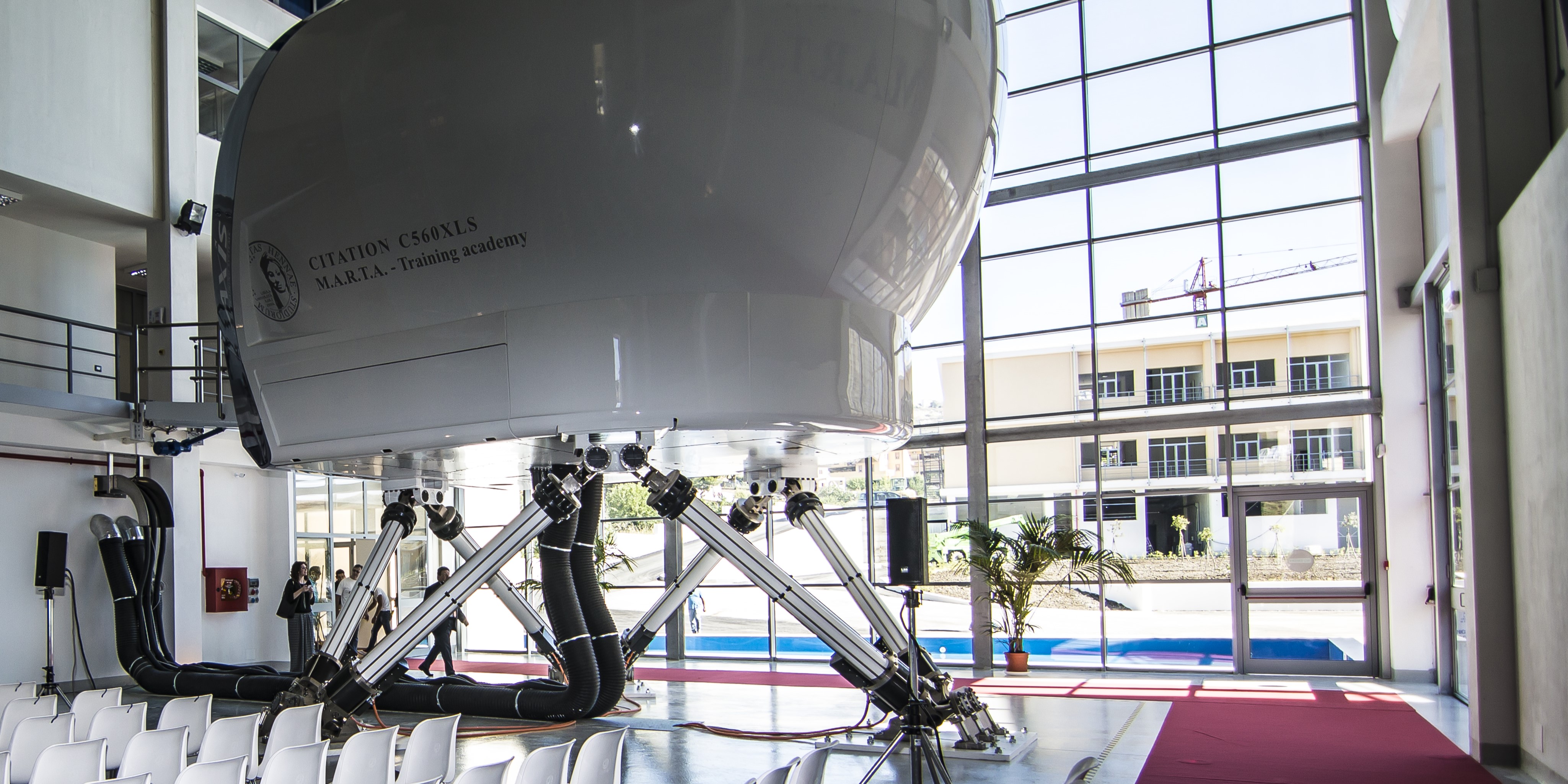
Damage modelling of woven carbon fiber and epoxy matrix composite sandwiches under impact loadings
Please login to view abstract download link
NOMEX carbon fiber skin and honeycomb core sandwich composites are used in aeronautics for secondary structures (landing gear hatch, fin or wing flap, etc.) [1], for primary structures for light aviation and for satellite panels or parabolic antennas in the space industry [2]. During their handling or during their use, these structures are subjected to impacts which can leave relatively important damage. For secondary structures, these faults are not vital but can lead to moisture pick-ups in NOMEX in particular. On the other hand, for primary structures, this damage can greatly reduce the stiffnesses and lead to local over-stresses which must be taken into account during sizing. The objective of this work is to model the response to the impact of sandwich structures for application in light aviation where the manufacturing processes used are said to be "low cost". As part of the sizing of this type of structure, a qualification of the structures for impact and post-impact resistance (damage tolerance) must be carried out. The sandwich studied is a sandwich with woven carbon fiber skin and a NOMEX honeycomb core. After fabrication and performance of mechanical tests at the material scale, the methodology for identifying ply behavior models and NOMEX is presented. The results of impact tests are compared with numerical finite element modeling in explicit analysis. The overall force-displacement-time behavior as well as the perforation of the panels are analyzed. The sandwich studied is a glued assembly of woven carbon fiber skins with an epoxy matrix of reference HexPly 914 / G803 with a Satin weave of 5, 300 g / m2 supplied by HEXCEL and a honeycomb core of reference HRH-78-1 / 8-3.0 from DuPont®. Each component of the sandwich panel has been the subject of an experimental campaign in order, on the one hand, to determine the mechanical characteristics such as modulus of elasticity, stress and strain at break, but also to identify and model their behavior. 3.1 Behavior of the woven composite The behavior model used derives from that initially described by Lachaud et al. [3], and applied to impact by Kinvi-Dossou et al. [4]. It was modified for the study under consideration by a non-local crack band-type approach [5] in order to better respect the breaking energies in the direction of the fibers. The ply-scale model of the tissue behavior introduces diffuse damage variables based on a thermodynamic approach and fracture variables based on the frac. Mec.
